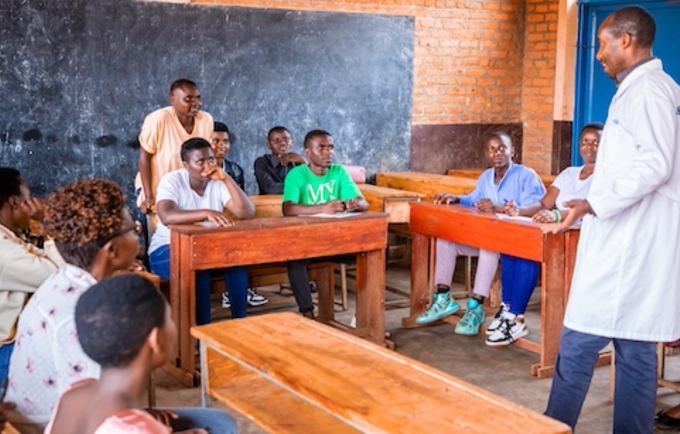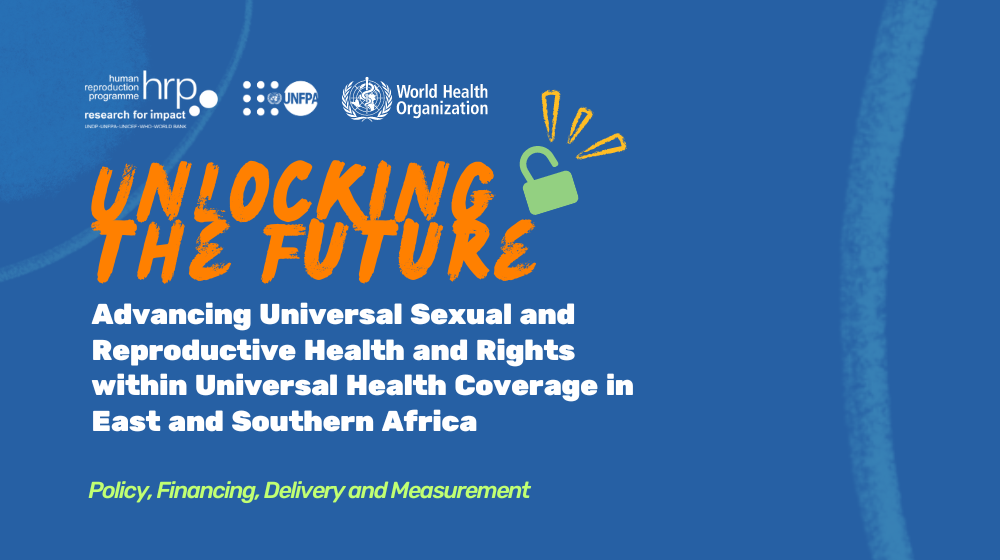Comprehensive sexuality education is a proven tool for helping young people gain agency over their bodies and, by extension, their futures. It is a precondition for exercising full bodily autonomy, which requires not only the right to make choices about one’s body but also the information to make these choices in a meaningful way. And because these programmes are based on human rights principles, they advance gender equality and the rights and empowerment of young people.
7 facts about comprehensive sexuality education
1. Comprehensive sexuality education does not lead to earlier sexual activity or riskier sexual behaviour.
2. In fact, these programmes reduce risky behaviours: About two thirds of evaluations show reductions in targeted risky behaviours. About 60 per cent of programmes had a positive effect on at least one behavioural or biological outcome, such as increased condom use or reduced unplanned pregnancies.
3. Studies of abstinence-only programmes are either inconclusive or show abstinence-only education to be ineffective at improving health outcomes.
4. Delivering high-quality comprehensive sexuality education requires training and support.
5. Addressing gender and power issues also leads to better health outcomes.
6. To be most effective, curricula must be tailored to the specific context and needs of young people.
7. Engaging parents and communities as part of this education is critical. Sexuality education is most effective when school-based programmes are complemented by community-based initiatives.
CSE enables young people to adopt positive sexual behaviours. These include delaying the age of sexual debut, reducing the frequency of sex and number of sexual partners, and increasing use of contraception, especially condoms. Knowing how pregnancy occurs and what you can do to avoid it is essential to prevent girls from dropping out of school due to unwanted pregnancy. Keeping girls in school for two years longer has been shown to boost economic growth as it improves women's chances of participating in the formal economy.
Comprehensive sexuality education takes a rights-based and gender-transformative approach, whether in school or outside of school. It is most effective when taught over several years by integrating age-appropriate information that accounts for the developing capacities of young people. It includes scientifically accurate information about human development, anatomy and reproductive health, as well as information about contraception, childbirth and sexually transmitted infections (STIs), including HIV. And it goes beyond information, helping young people to explore and nurture positive values regarding their sexual and reproductive health and rights.
Context in East and Southern Africa
In the region, a large number of adolescents attend primary school but do not complete it, nor progress to high school. In addition, many drop out due to unwanted pregnancies. Due to the goal of Universal Primary Education (UPE), many older adolescents are enrolling in primary education. However, in countries where age-appropriate CSE is not rolled out in the first years of primary education, many drop out before benefiting from the protective effects of CSE.
UNFPA response
UNFPA works with governments to implement comprehensive sexuality education, both in schools and outside of schools through community-based training and outreach. UNFPA also promotes policies for, and investment in, sexuality education programmes that meet internationally agreed upon standards. We engage health and education ministries and share lessons from other countries and global guidelines to generate acceptance for school-based CSE.
The Safeguard Young People programme has led in both in-school and out-of-school CSE since 2014 (see the Regional Comprehensive Sexuality Education Resource Package for Out-of-School Young People). In 2019, UNFPA launched a global CSE initiative that specifically targeted young people outside of the formal education sector through community-based interventions. Out-of-school programmes target groups such as married adolescent girls, youth engaged in sex work, homeless youth, migrants and refugees, LGBTQ+ youth, youth in remote rural areas, youth with disabilities, youth living with HIV, and those in conflict or climate-related humanitarian settings. The programme uses traditional and digital technology to reach young people. Among this diverse group, UNFPA in East and Southern Africa has prioritized young people living with HIV and those with disabilities through mainstreamed and targeted programming.
UNFPA in East and Southern Africa has implemented an initiative called the ESA Commitment, which has been endorsed by ministers of health and education from 20 ESA countries, to deliver CSE and sexual and reproductive health (SRH) services for young people.
The goals of the ESA Commitment are as follows:
- Scale up access to and quality of comprehensive sexuality education. Schools and other education institutions must deliver good quality sexuality education that is culturally appropriate, gender sensitive and informed by evidence.
- Increase access to youth-friendly sexual and reproductive health services. CSE must be linked to accessible, affordable and effective health services and commodities for young people. This includes condoms, contraceptives, HIV counselling and testing, HIV/STI treatment, post-abortion care, safe delivery, prevention of mother-to-child transmission and other related services.
- Eliminate All HIV infections. HIV remains a problem, with young women still more heavily affected.
- Reduce early and unintended pregnancies. Adolescent pregnancy often brings detrimental social and economic consequences for a girl, her family and broader community, especially if it leads to a girl dropping out of school. The health risk for adolescents is also greater, with higher risks of birth complications and maternal mortality.
- Eliminate gender-based violence and child marriage. It is critical for countries in the region to make gender and rights a non-negotiable component of any response to the needs of adolescents and young people, and to enforce existing zero-tolerance policies and laws effectively. In addition, countries must identify child marriage hotspots and use the laws and existing policies to protect the rights of girls and young women.
The animated AMAZE videos, aimed at young people aged 10-14 years, address sexual and reproductive health and life skills. They are used by teachers, out-of-school CSE facilitators, peer educators and parents to support the delivery of in- or out-of-school CSE through face-to- face or remote learning modalities. They are tailored to the specific social and cultural contexts of the ESA region and are available in English, French, Portuguese and Kiswahili.
Updated 2 April 2024.




